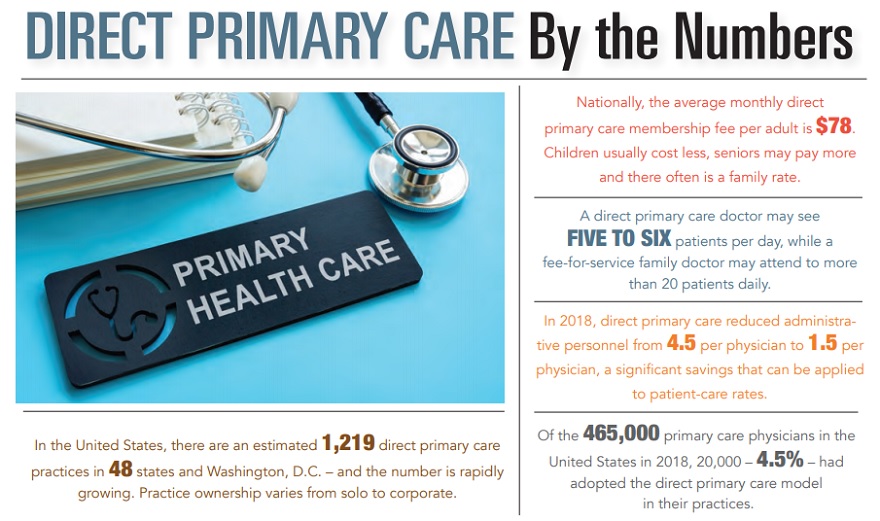Since its inception in the early 2000s, direct primary care has grown rapidly as an alternative to rising health care costs and limited patient interaction with overworked physicians. The American Academy of Family Physicians approvingly describes this model as one that “emphasizes and prioritizes the intrinsic power of the relationship between a patient and his/her family physician to improve health outcomes and lower overall health care costs.”
A prime example is Brian Blank, M.D., who in March of this year opened Ember Modern Medicine, the first of its kind in Greenville’s North Main community.
“I first heard about this health care model as a medical student, and its patient-first, innovative approach inspired me,” he reported enthusiastically.
He remembered the first couple he served on opening day. Although they had numerous concerns, he invested a generous two-and-a-half hours with them to focus on those needs and to forge a strong patient-doctor relationship. This is how Dr. Blank chooses to practice medicine. Appointments are usually same day or next day; texts, emails and phone calls are welcomed; and the occasional house call happens. Even COVID vaccines are currently available at his practice.
Because direct primary care does not deal with insurance, patients simply pay a monthly or yearly fee to become members of the practice. Specific services are detailed so that each patient knows what is covered by membership. Nonmembers can purchase services a la carte, often at significantly lower prices than they would pay elsewhere. However, purchasing or maintaining catastrophic health insurance with a high deductible is strongly recommended to cover costlier health emergencies.
Alexis Parolin is in charge of business development for Justine DeCastro, M.D., of Palmetto Proactive Lowcountry, another direct primary care practice on the opposite side of the state.
“This model allows us to service our patients’ illnesses, injuries and overall wellness needs by spending more time with them, addressing their health care proactively and developing individualized health care plans,” Parolin explained. “The purpose of our Mount Pleasant practice is to reunite the patient and the doctor in a broader relationship so that our people get well, stay well and live proactively.”
Palmetto Proactive Lowcountry is one in a network of clinics founded by Jerome Aya-Ay, M.D., and operating across South Carolina. Each offers three options to prospective patients: become a member and receive member benefits; pay as you go for acute care services as needed; or enroll as an employer so you can offer affordable health care benefits to your employees. While this is the first practice Dr. DeCastro has opened in the Lowcountry, she hopes to eventually add a few more at strategic locations in the area as the popularity of direct primary care increases.
Are there downsides to this innovative health care model? Perhaps. While the policy of not accepting insurance streamlines administration and reduces patient costs, it also can eliminate those who are solely dependent upon Medicare, Medicaid or other insurance options. This can be a problem for seniors, special-needs patients and those on the lowest end of the poverty level.
Some direct primary care practices compensate by offering financial aid packages.
For Dr. Blank and Dr. DeCastro, direct primary care is not so much a new model as it is a return to the traditional family medical care once practiced in this country. It would appear that both sides benefit: patients feel respected, heard and helped at a cost that they can afford, and doctors feel freer to offer more individualized professional time and medical expertise at a manageable pace. Direct primary care is probably in South Carolina to stay, and it may be a win-win for everyone involved.
By Janet E. Perrigo

